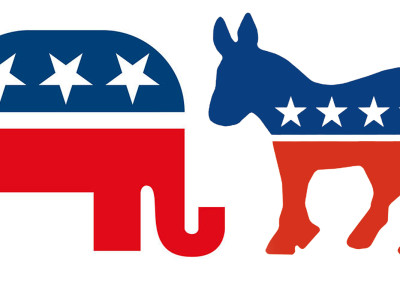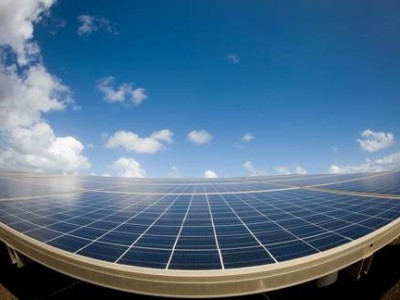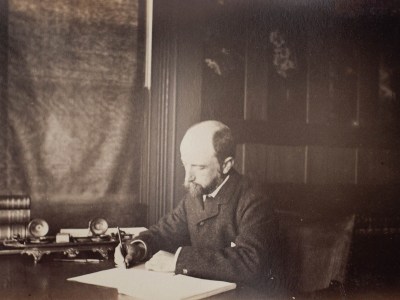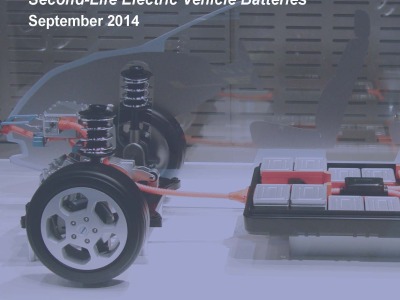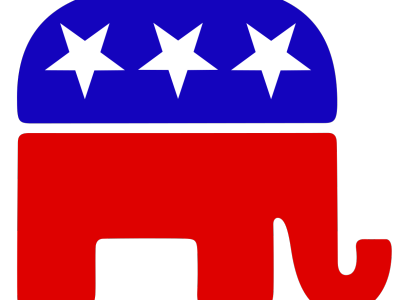Energy
Five Governor Races to Watch
The Senate races are getting a lot of attention this year. But what happens in statehouses also matters. Most directly, it matters for the folks who live there. But governorships are often proving grounds for politicians who later emerge on the national scene. Today, I’ll focus on a handful of races that look like they …
Continue reading “Five Governor Races to Watch”
CONTINUE READINGAustralia’s repeal of its carbon tax
A lot of (bad) environmental law news has been coming out of Australia recently. The new Liberal government has attempted to dump dredging spoils on the Great Barrier Reef and open up protected Tasmanian forests to logging. But most importantly, the government has repealed the carbon tax enacted by the prior Labor government. The Australian …
Continue reading “Australia’s repeal of its carbon tax”
CONTINUE READINGSolar Plus Storage May Be a Good Deal for Some
One company says that photovoltaics with battery storage are cost-competitive for some businesses now.
A battery company called Coda Energy says that a combination of solar photovoltaics and onsite storage can be cost-competitive with utility electric service for some larger customers. That is according to an online article on greentechgrid. Solar is still a more expensive option for power production than fuels such as natural gas, and various energy …
Continue reading “Solar Plus Storage May Be a Good Deal for Some”
CONTINUE READING2014 Senate Races and the Environment: Alaska and Colorado
Two anti-environmental Republicans versus a moderate and an environmental advocate.
Alaska and Colorado may both think of themselves as having a link to the frontier, but they’re also very different in terms of demographics and dependence on the oil industry. The Senate races in the two states are also similar in some ways but not others, perhaps reflecting the more diverse economy of Colorado. In …
Continue reading “2014 Senate Races and the Environment: Alaska and Colorado”
CONTINUE READINGGuest Blogger David Schraub: Vermont Environmentalists File FTC Challenge over “Double-Counting” RECs
David Schraub is the Darling Foundation Fellow in Public Law at the University of California Berkeley School of Law. Represented by Patrick A. Parenteau and Douglas A. Ruley of the Vermont Law School’s Environmental and Natural Resources Law Clinic, four Vermont residents have petitioned the FTC to investigate alleged misleading marketing practices by Green Mountain …
CONTINUE READING2014 Senate Races and the Environment: Georgia and North Carolina
Two GOP candidates: a cipher on environmental issues and a Romney clone.
Last week, I looked at the Republican Senate candidates in the neighboring states of Arkansas and Louisiana. This week, we turn to two other Southern neighbors, Georgia and North Carolina. (Before you rush to email me that they’re not neighbors because South Carolina is between them, take another look at the map — Georgia and …
Continue reading “2014 Senate Races and the Environment: Georgia and North Carolina”
CONTINUE READINGA Roadmap for State Comments on the Clean Power Plan
Considerations for State Regulators Tackling EPA’s §111(d) Proposed Rule
Yesterday, EPA announced its decision to extend the comment period on the Clean Power Plan—the agency’s proposed rule to regulate power plant greenhouse gas (GHG) emissions under Clean Air Act § 111(d)—until December 1, 2014. The comment period was originally scheduled to last 120 days, until October 16th. You can find a list of compiled …
Continue reading “A Roadmap for State Comments on the Clean Power Plan”
CONTINUE READINGUCLA / UC Berkeley Law Report On Harvesting Electric Vehicle Batteries For Grid Storage
Joint law school report will be discussed at a webinar on Friday at 10am
As I blogged about last week, California and the nation may have a golden opportunity to harvest used electric vehicle batteries for inexpensive energy storage. These repurposed batteries can be stacked for bulk storage to absorb surplus renewable energy for cloudy and dark windless times. They can save ratepayers money, clean the grid, and potentially …
CONTINUE READINGLos Angeles Heat Waves, Electricity Use and Climate Change
It is 102 degrees in Los Angeles as I write this. Not in the San Fernando Valley or in the communities east of Los Angeles whose temperatures are regularly several degrees higher but in downtown Los Angeles. We’re in record heat territory and way above historical averages. But temperatures aren’t the only records that are …
Continue reading “Los Angeles Heat Waves, Electricity Use and Climate Change”
CONTINUE READING2014 Senate Races and the Environment: Arkansas and Louisiana
Moderate Democratic Senators are at risk from GOP challengers.
Arkansas and Louisiana are neighboring states in which Republicans have good chances of picking up Senate seats. But the GOP candidates in the two states have somewhat different stances on the environment. Though, needless to say, neither of them will be getting awards from the Sierra Club anytime soon, one of them has some environmental positives, …
Continue reading “2014 Senate Races and the Environment: Arkansas and Louisiana”
CONTINUE READING



